Most people stereotype Japanese cars as affordable and reliable. Terms like ‘exclusive,’ ‘rare,’ and ‘expensive’ are usually reserved for European car brands. However, those who are into Japanese cars and the JDM scene know better.
Automakers from the land of the rising sun have built sports cars since the 1960s, and during the 1980s and 1990s, their models dominated the scene. Those were just their regular “run-off-the-mill” models. As it turns out, Japanese carmakers have built some extremely rare cars over the years as well. Let’s look at some rare Japanese cars only real gearheads know about.
Nissan R390 – 1 Unit
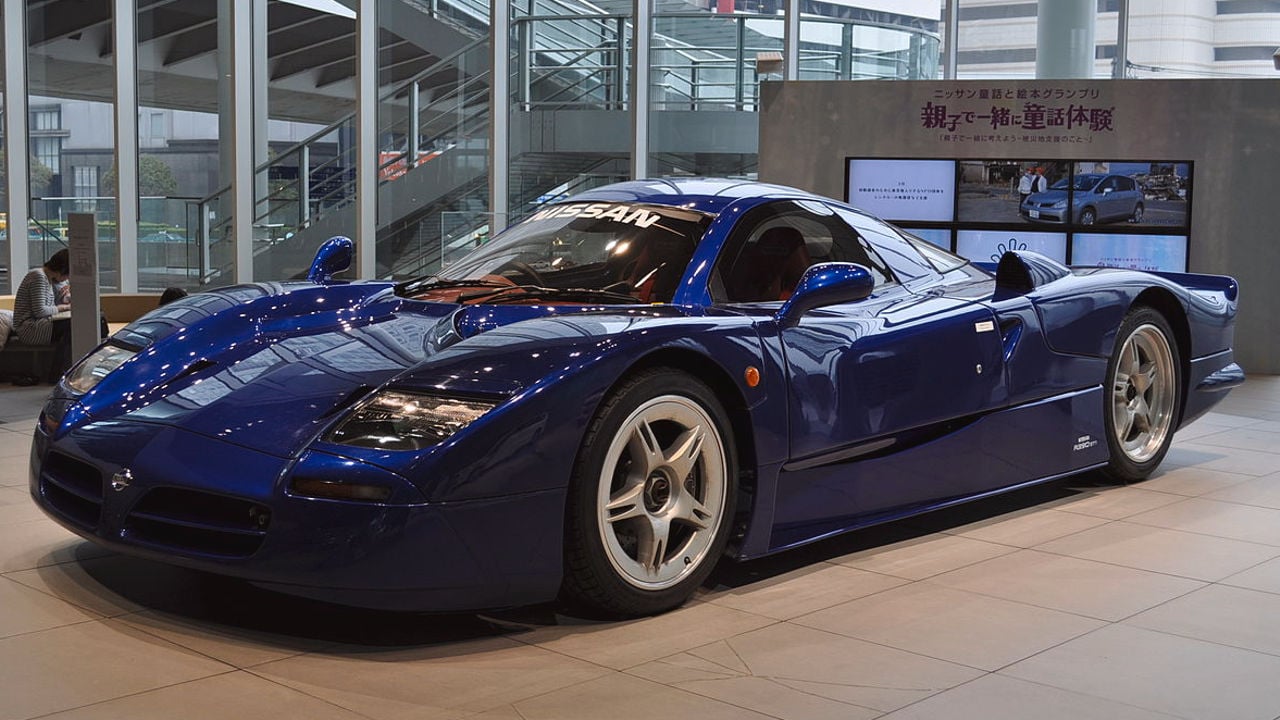
In the late 90s, Nissan was duking it out with legends such as Porsche and McLaren in the 24 Hours of Le Mans, and to do that, they needed a proper race car. The GT1 homologation rules required manufacturers to build at least one road-going example of the race car, and that’s exactly what Nissan did.
Nissan’s R390 is indeed a homologation special. The unique car packed a serious punch and could reach top speeds exceeding 220 mph. Today, the R390 lives in the Nissan Heritage Collection in Zama, Japan.
Nissan 370Z Clubsport 23 – 1 Unit
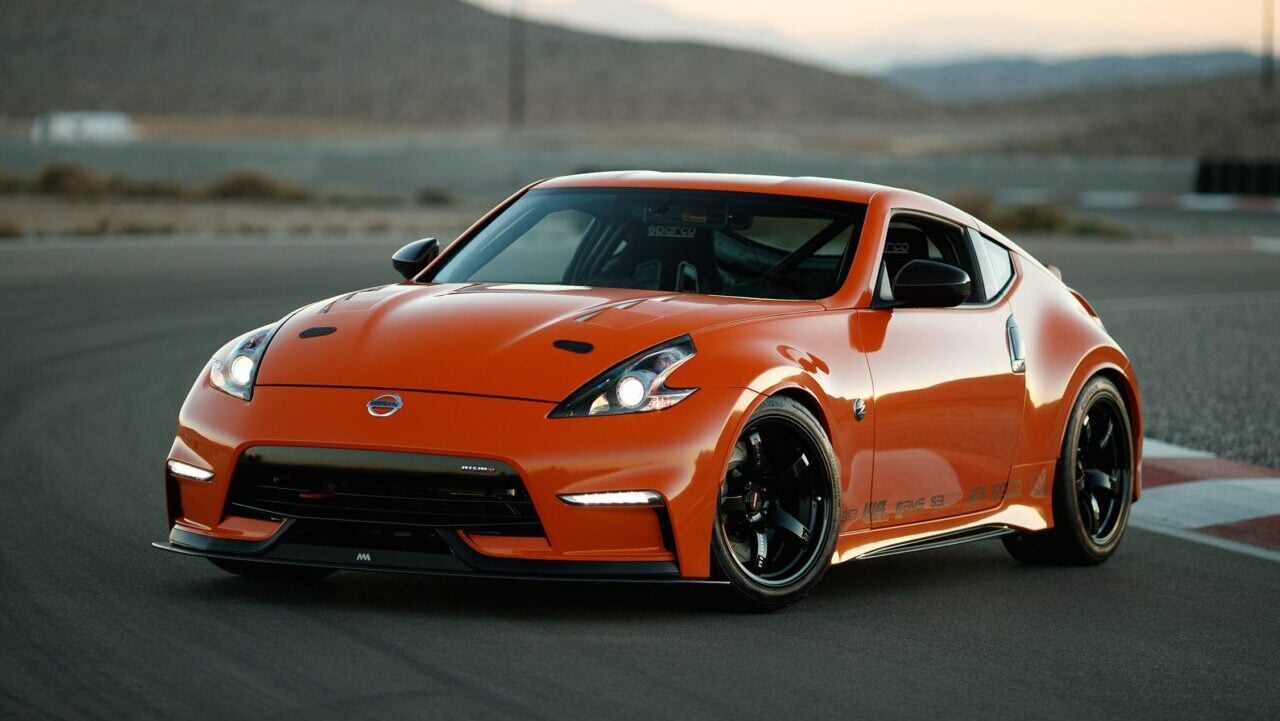
The Nissan 370Z Clubsport 23 may look like a regular 370Z with a subtle body kit, but there’s much more to it than that. Starting with the exterior, the 370Z Clubsport 23 has different side skirts and an aggressive front splitter, nicely complemented by the RAYS wheels. The brakes have also been upgraded with slotted rotors and NISMO brake lines, and there’s now a KW coilover suspension setup. However, the most significant changes are under the hood.
The 370Z Clubsport 23 uses the twin-turbocharged VR30DDTT V6 engine normally found in the Infiniti Q50 and Q60 Redsport and has a new intake and improved intercooler. Its 400+ horsepower is sent to the rear wheels via a 6-speed manual transmission, reaching 60 mph in 4.2 seconds. Unfortunately, only one exists.
Nissan Skyline R33 GT-R LM And LM Limited – 1 Unit + 188 Units
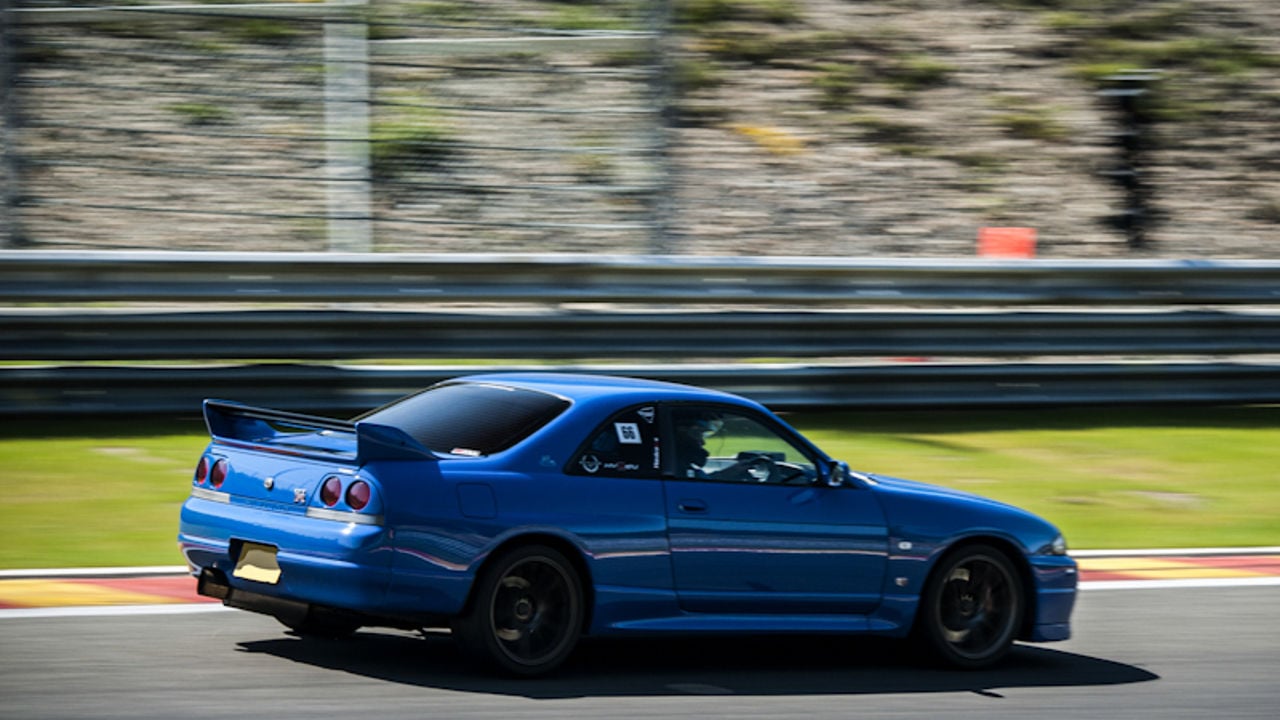
The Nissan Skyline R33 GT-R LM is the rarest Skyline ever made, as only one exists. Like the R390, it’s a one-off GT1 homologation special. The GT-R LM has unique widebody styling and is fitted with fat RAYS forged wheels. The RB26 engine produces around 300 horsepower, and apart from some Alcantara details, the interior is pretty much standard. These days, the GT-R LM is kept at Nissan’s Zama facility.
The Nissan Skyline GT-R LM Limited is not as limited as the LM, as Nissan built 188 of them in 1996. Of those, 86 were based on the standard R33 GT-R, and 102 were built on the V-Spec model. All the cars were painted Championship Blue and had a carbon fiber wing blade, N1 cooling ducts/hood lip, and some decals, and those were the only things that separated it from the regular model.
2005 NSX-R GT – 5 Units
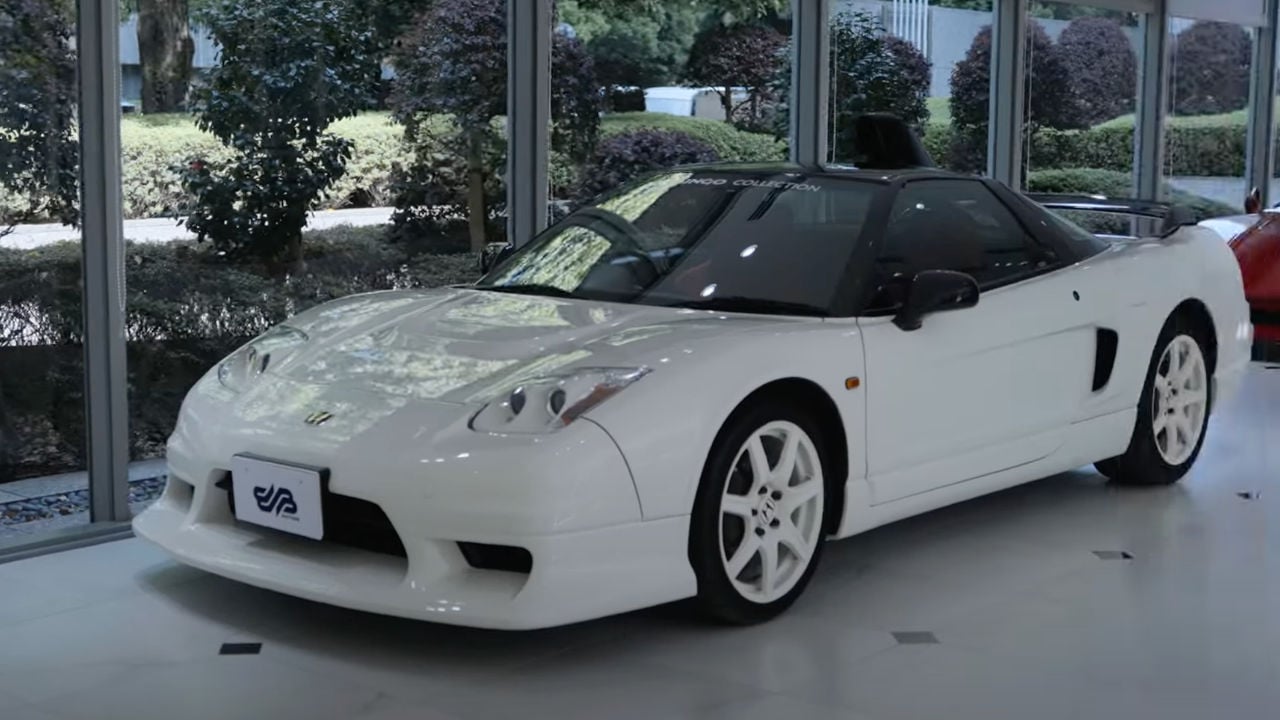
Over the years, Honda has built several different limited-edition NSXs, including the 2005 NSX-R GT. This homologation special was created specifically to win the Super GT championship.
Honda gave the NSX-R GT an extended carbon fiber nose with larger intakes and a front splitter. At the rear, it has a spoiler underneath the wing, and the carbon fiber rear bumper and apron were extended, with a large diffuser fitted in the middle. The snorkel is the most eye-catching feature, and while it’s functional on the race car, it doesn’t have a purpose on the road-going version. Honda built five cars but only sold one.
1993 HKS Zero-R R32 – 10 Units
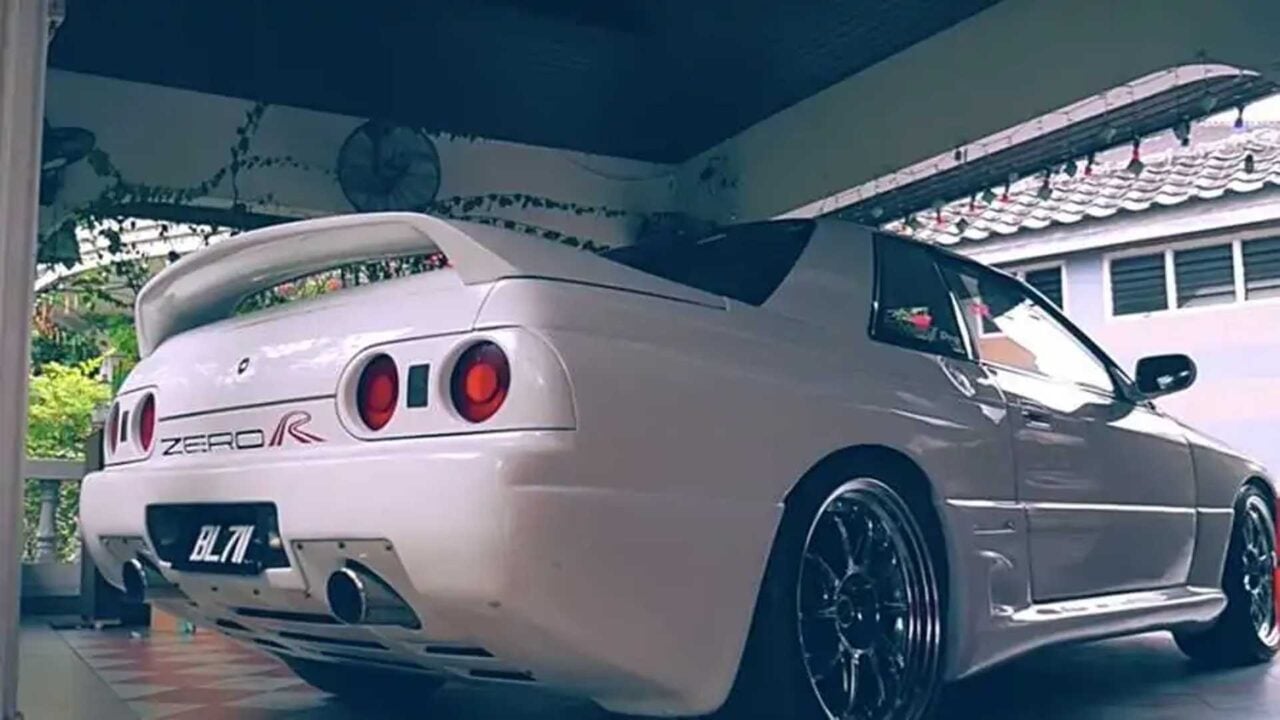
The Nissan R32 Skyline GT-R dominated various racing series in Japan and Australia, leading to its Godzilla nickname. The main reason the GT-R was unbeatable was its RB26DETT engine. The twin-turbocharged 2.6-liter straight-six could be tuned to produce ridiculous amounts of power.
One company that recognized the RB26DETT’s potential was the Japanese tuner HKS. They got their hands on 10 R32 Skyline GT-Rs and increased the engine displacement to 2.8 liters, along with some other trickery, to get 591 horsepower. Only four HKS Zero-R R32s are known to have survived.
FN2 Honda Civic Type-R Mugen – 20 Units
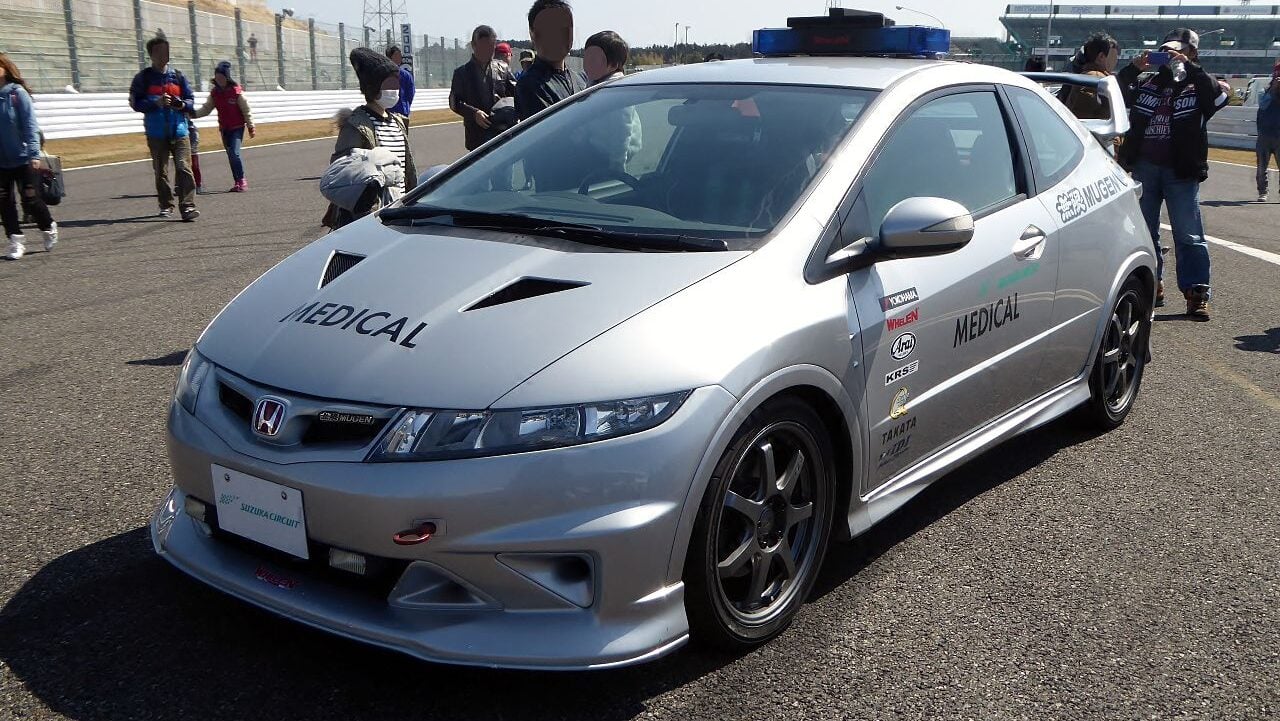
Mugen built 300 units of the FD2, known as the Honda Civic FD2 Type R Mugen RR. While that’s a rare model, it’s not as rare as the European FN2 Mugen, of which they only built 20 cars. The FN2 was the last Civic model fitted with the legendary K-series engine, and Honda wanted to give it a proper send-off.
Mugen gave the FN2 a bunch of engine upgrades, increasing power to 237 wild horses. They also gave it a body kit, an LSD, upgraded brakes, suspension, wheels, and tires. Evo Magazine called it the most exciting hot hatchback ever made, and that tells you everything you need to know.
Nissan Skyline GT-R NISMO Z-Tune – 20 Units
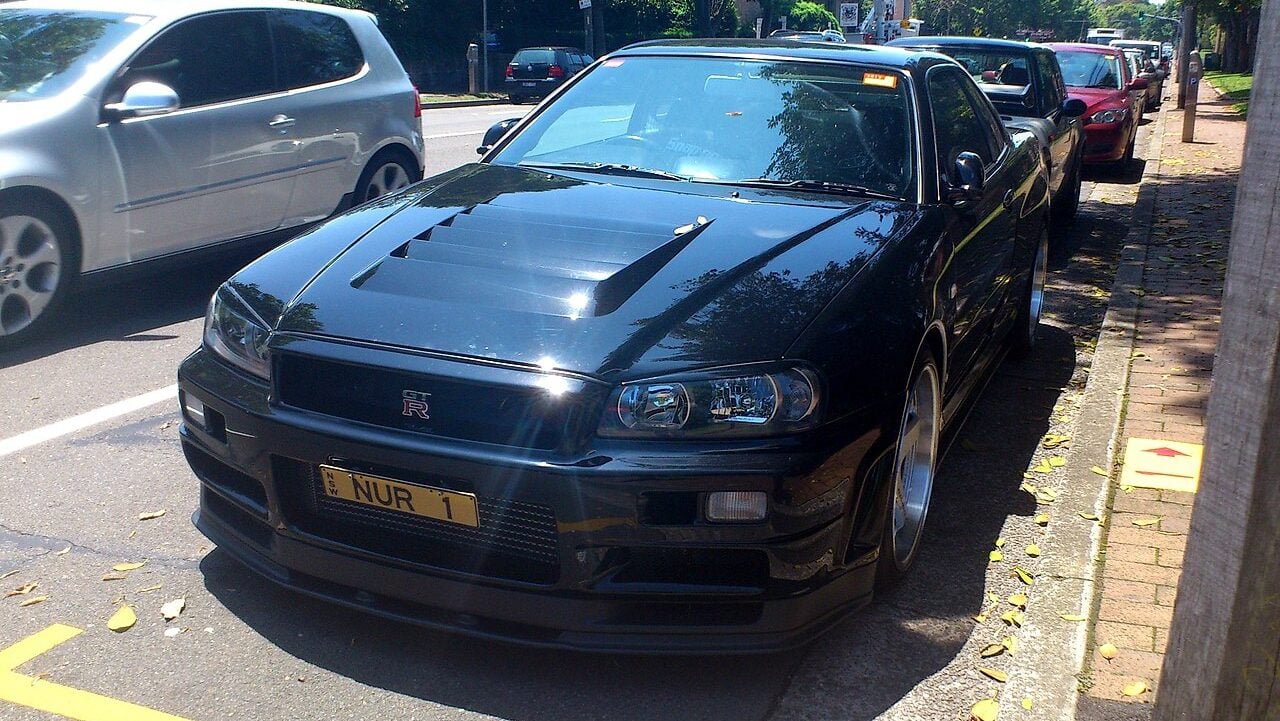
Over the years, Nissan has built several highly desirable special edition Skyline GT-Rs, but the NISMO Z-Tune is one of the rarest and most sought-after. The Z-Tune started its life as a NISMO concept to celebrate the GT-R as the R34’s production was coming to an end.
NISMO built the Z-Tune on 20 lightly used R34 Skyline GT-Rs rather than brand-new ones. They stripped them down and rebuilt them better than ever with carbon fiber bodywork, aggressive aero parts, Sachs suspension, and upgraded Brembo brakes. With 493 horsepower, it was one of its era’s most powerful Japanese cars.
1997 NSX Type S-Zero – 30 Units
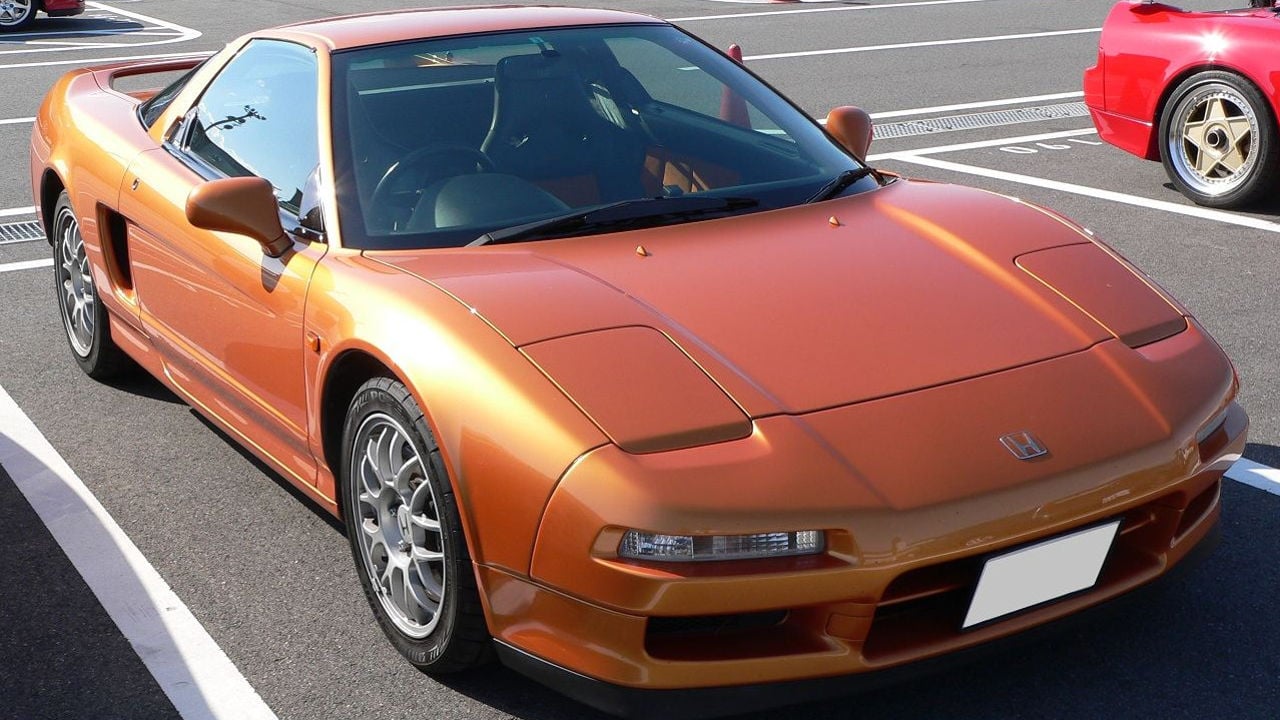
When Honda introduced the original NSX, it changed the supercar game and sent Ferrari back to the drawing board. That was just the standard model, and Honda would refine it over the years, introducing some truly special editions, such as the 1997 NSX Type S-Zero.
With only 30 units made, the Type S-Zero is the rarest of the first-gen special edition NSXs. It’s a JDM-only track-focused version, and Honda went to extremes with their weight reduction measures. You won’t find creature comforts such as a sound system, cruise control, and power steering here. Honda even removed the airbags.
Toyota Supra Mk4 TRD 3000GT – 35 Units
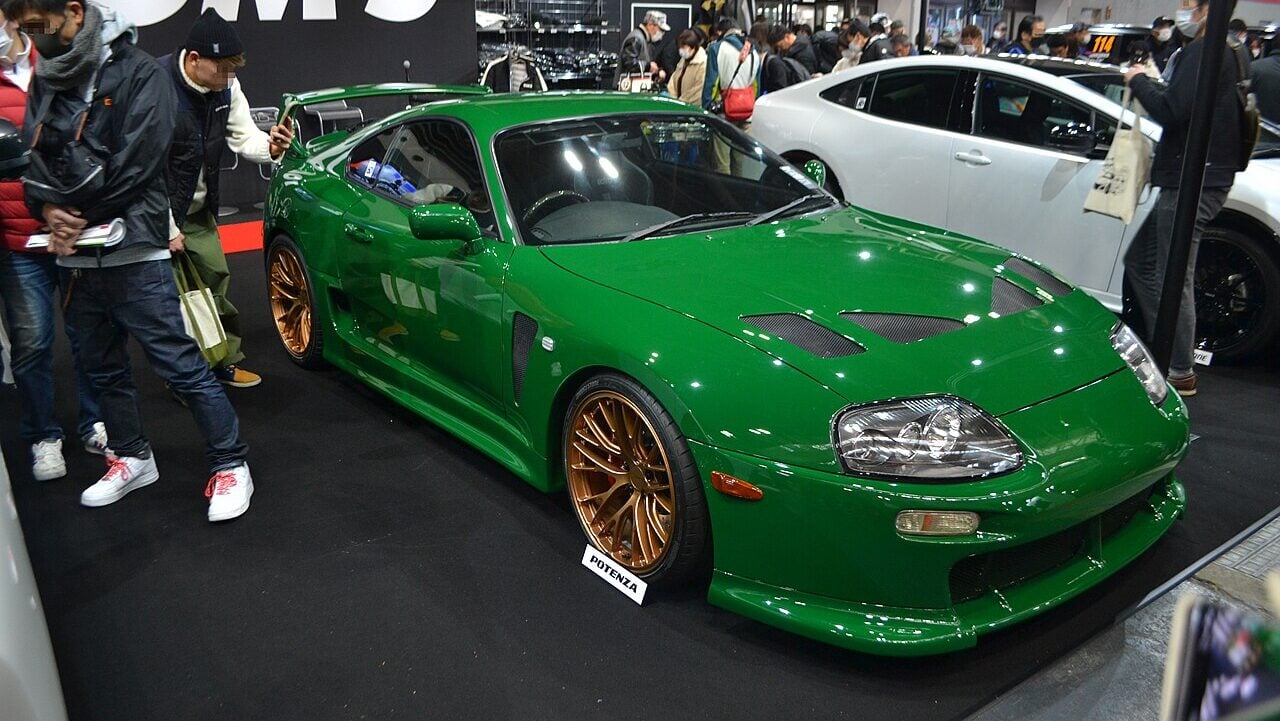
The regular A80 Supra is fetching top dollar today, and as good as it is, it doesn’t hold a candle to the TRD 3000GT. TRD showed off the road-going car before the Supra was entered into the Japanese Grand Touring Championship in 1994, and it packed a ton of upgrades compared to the standard car.
TRD gave the road version of the 3000GT wider bodywork, plenty of air vents and intakes, various other aero upgrades, and an upgraded suspension setup. They only built 35 cars, but a TRD 3000GT body kit was available.
1997 NISMO 400R – 44 Units
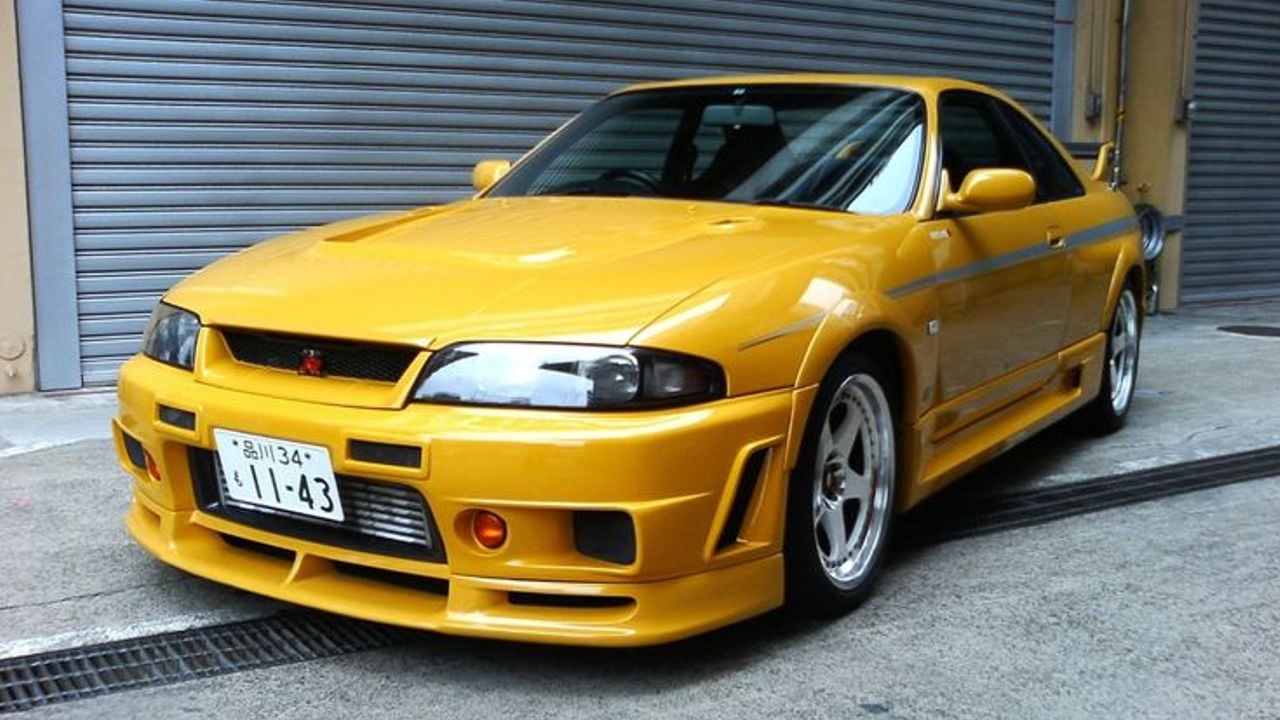
NISMO, Nissan’s performance division, developed the 400R. It’s the most powerful factory-tuned R33 Nissan Skyline GT-R. As its name suggests, it produces 400 horsepower, partly achieved by increasing the RB26DETT engine to 2.8 liters.
The 400R goes from 0 to 60 mph in just four seconds and has a top speed of 186 mph, which meant it was faster than many European sports cars from the 1990s. Nissan intended to build 100 units, but they only managed to make 44 cars by the time the R33’s production ended.
Nissan / Datsun Fairlady Z432R – 50 Units
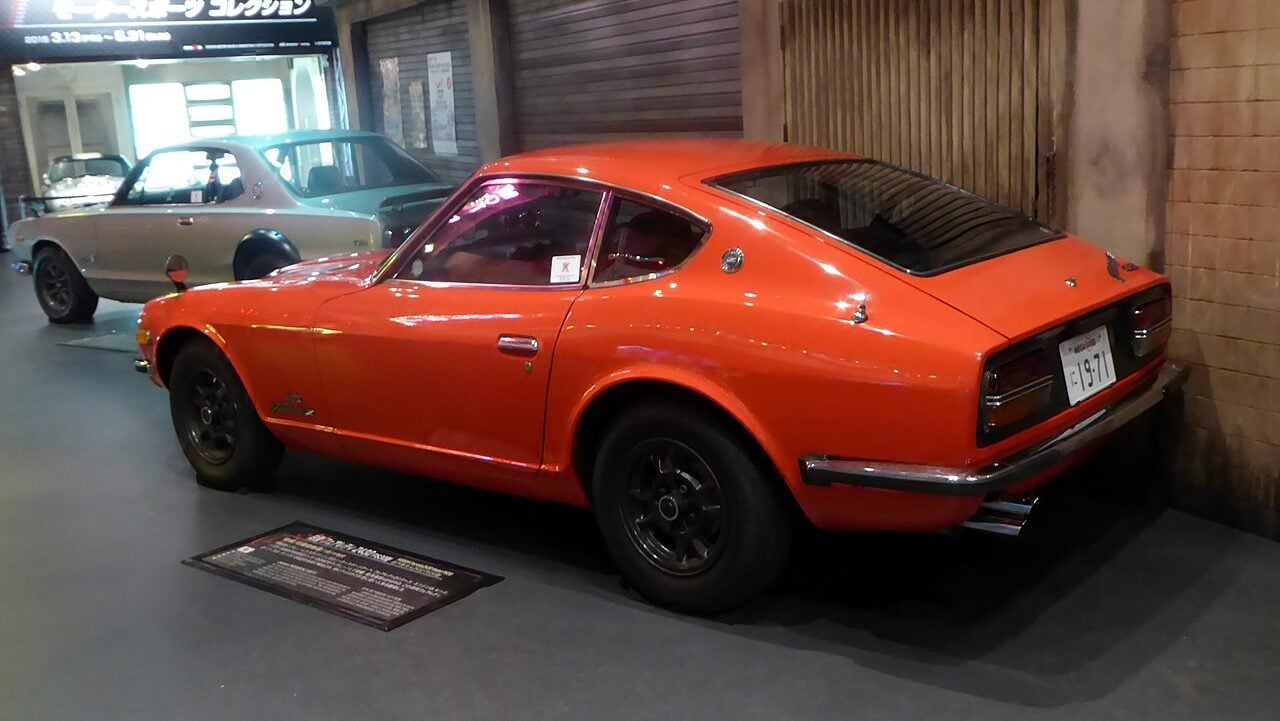
Nissan introduced the 240Z in 1969, but in Japan, it was sold as the Fairlady Z. It was an immediate success, and the Japanese carmaker went on to build a more powerful lightweight version known as the Z432 and then the Z432R for homologation purposes.
Datsun built 420 Z432 cars, but only 50 units of the Z432R, all intended for the Japanese domestic market. Z432 refers to the car’s 2.0-liter engine specs, with 4 valves per cylinder, 3 Mikuni carburetors, and 2 camshafts. All the cars were painted orange with a matte black hood.
Nissan GT-R50 – 50 Units
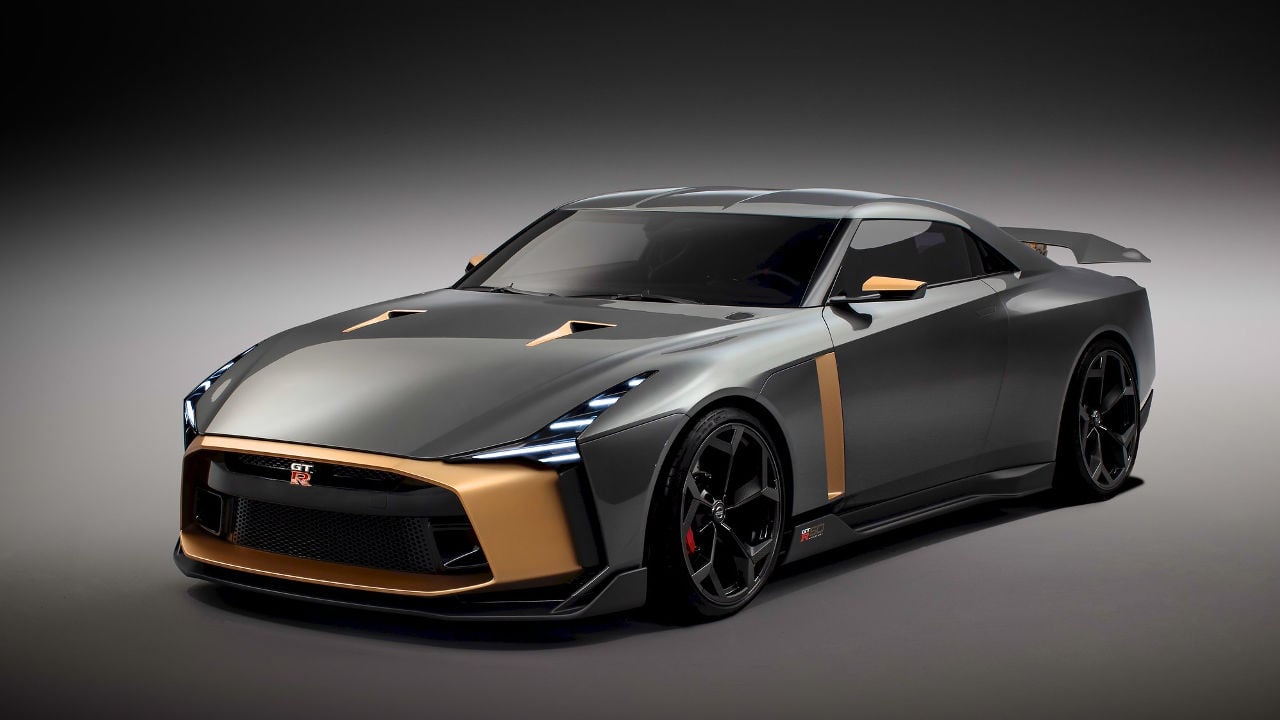
In 2019, Nissan celebrated the GT-R’s 50th anniversary and decided to build something extraordinary to mark the occasion. By collaborating with Italdesign, they developed the GT-R50, a highly modified and limited version of the R35 GT-R.
The GT-R50 has a restyled exterior with a different rear section, a power bulge on the hood, new LED headlights, a lowered roofline, and dual exhaust. The engine is based on the one in the GT-R Nismo, but with a different intake, new exhaust, and larger turbos to produce 710 horsepower.
Lexus LFA Nürburgring Edition – 64 Units
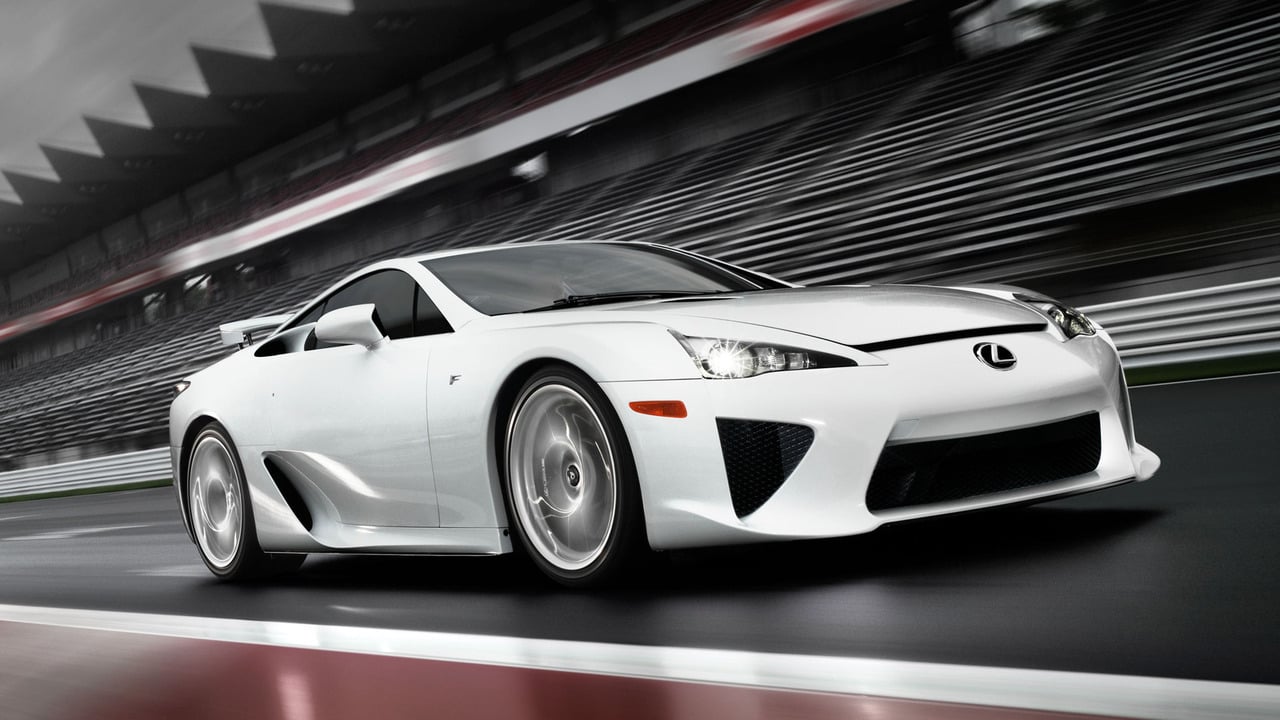
Lexus spent many years and millions of dollars developing the LFA supercar. When it was released, it was hailed as one of the most innovative supercars on the market and one of the most exhilarating cars to drive.
However, that wasn’t enough for Lexus, so they decided to take it a step further with the Nürburgring Edition. This model celebrates the fact that Lexus used the famous racetrack to develop the car, and it had ten more horsepower, lighter wheels, recalibrated suspension, and a big wing. Lexus only made 64 Nürburgring Edition LFAs, and they fetch a fortune today.
Subaru Impreza S201 – 87 Units
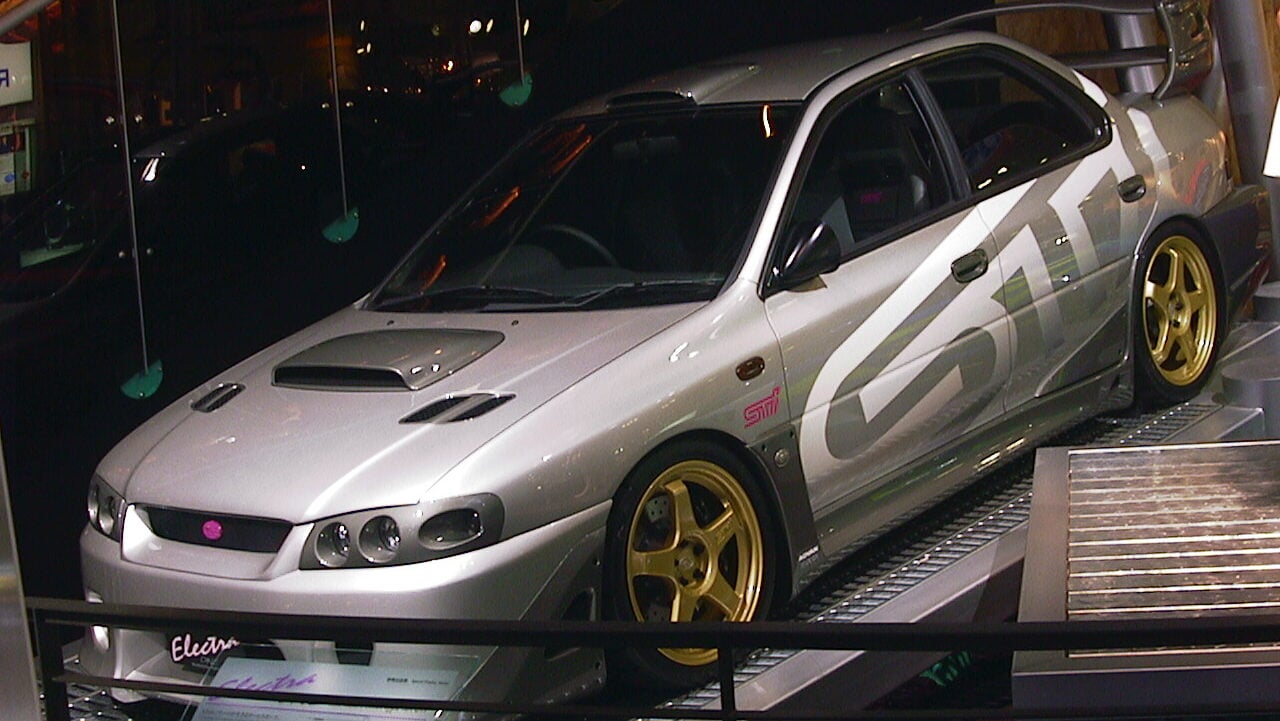
You may think the 22B is the rarest Subaru Impreza, and while it’s not something you see every day, it’s nowhere near as rare as the Subaru Impreza S201. While 300 units were planned, Subaru seemingly only built 87 cars based on the GC8 model. The exterior has unique design elements and significant aerodynamic modifications that set it apart from the rest of the Impreza lineup.
The S201 is not only rarer than the 22B, it’s faster in a straight line as well. With 296 horsepower, it exceeded the Japanese carmakers’ gentlemen’s agreement of a maximum of 280 horsepower. Zero to 60 mph takes 4.9 seconds, and it has a top speed of 135 mph.
NB Mazda MX-5 Coupe – 179 Units
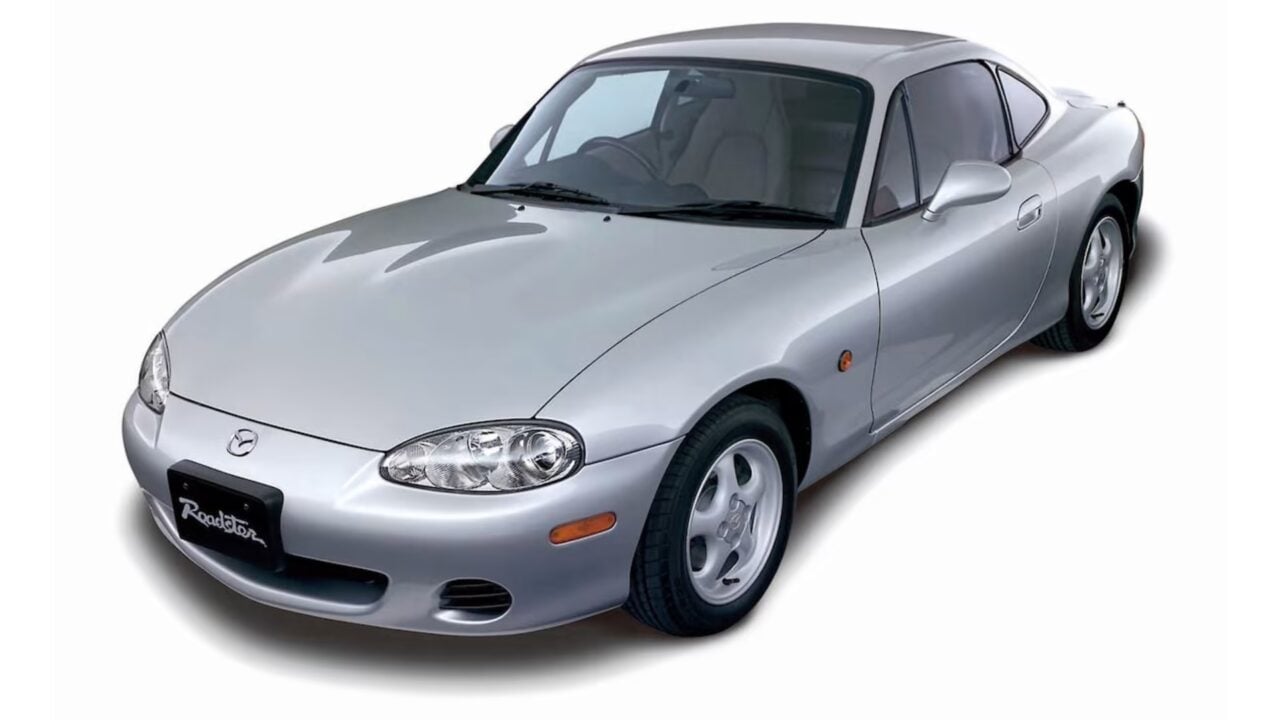
Ever since the first-generation MX-5 (or Miata, in the States) was released, Mazda’s Engineering and Technology had been toying with the idea of making a coupe version. They eventually made a one-off concept based on the first-gen MX-5, but the first production version was based on the second-gen NB MX-5 and arrived in 2003.
Mazda built the MX-5 Coupe’s roof from steel, and it’s a structural part of the car. Surprisingly, the Coupe only weighs 22 lbs more than the regular roadster. Mazda built 179 cars in four different trim levels.
Mitsubishi FTO GPX COTY – 207 Units
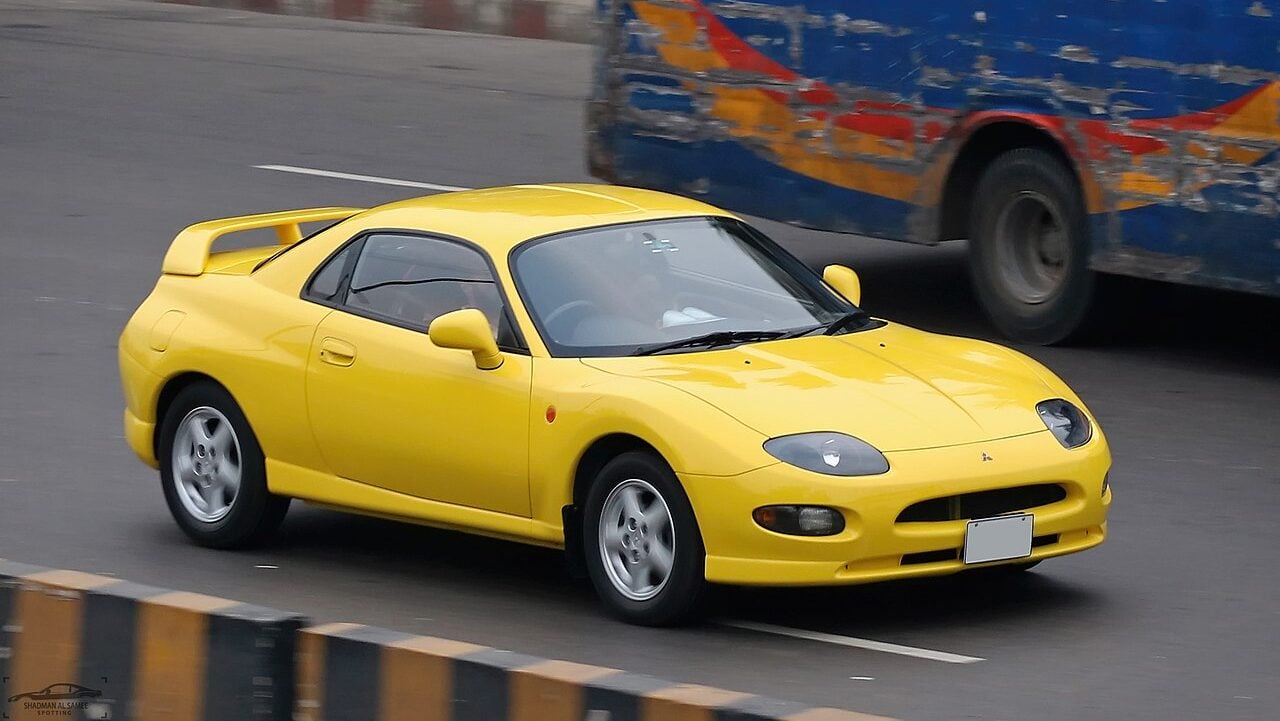
Mitsubishi launched the FTO (Fresh Touring Origination) in 1994, exclusively for the Japanese domestic market. It had decent performance thanks to a 2.0-liter V6 engine with 197 horsepower. That, along with the stylish design, led to the FTO receiving the Car of the Year Japan award.
To celebrate the award, Mitsubishi built a limited edition version based on the FTO GPX, commonly referred to as FTO COTY. Only 207 units were built, of which 187 had an automatic transmission and 20 were manual. All the FTO GPX COTY cars were painted dandelion yellow, and a “94-95 Japan Car of the Year” emblem was attached to the C pillar.
Tommykaira ZZ – 220 Units

The Tommykaira ZZ became world-famous thanks to the Gran Turismo video game franchise. Tommykaira was a Japanese tuning company, and the ZZ was manufactured from 1996 to 2000. It was based on an original design by Tommykaira and Mooncraft’s Takuya Yura.
Tommykaira didn’t build the ZZ in Japan. Instead, production took place in the United Kingdom and was done by Tomita Auto UK. The Tommykaira ZZ was powered by a naturally aspirated Nissan SR20 2.0-liter engine that sent 178 horsepower to the rear wheels. Around 220 Tommykaira ZZs were sold during its production run.
Nissan NISMO 380 RS – 300 Units
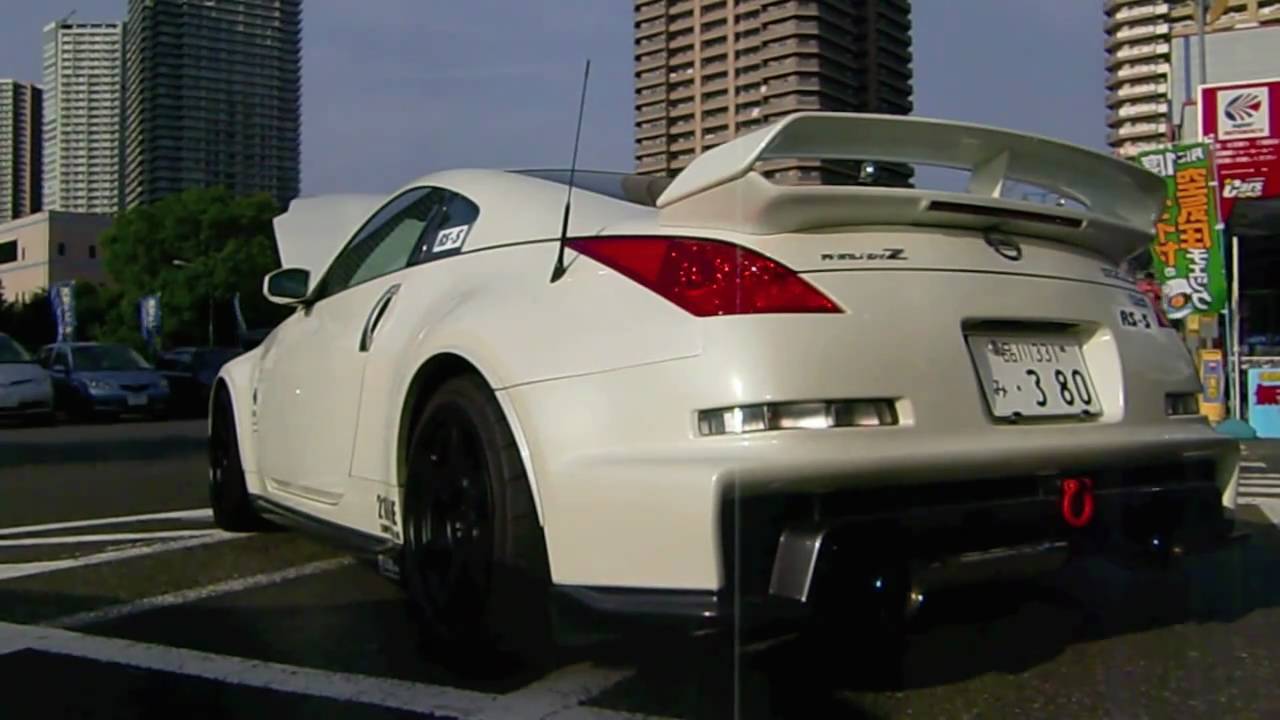
Nissan decided to celebrate its victory in the 2007 Japanese Super Taicyu Endurance Series in the best possible way. NISMO fitted 300 road-going 350Z cars with the 3.8-liter racing engine.
It was indeed a proper racing engine and not just a marketing trick. It was based on the VQ35HR unit, but most of the internals were transferred from the race-spec engines. The NISMO 380 RS received a unique aero package to improve downforce, forged RAYS wheels, upgraded Brembo brakes, and other goodies. Inside, there’s a new steering wheel, shift knob, and Alcantara seats.
2022 Honda / Acura NSX Type-S – 350 Units
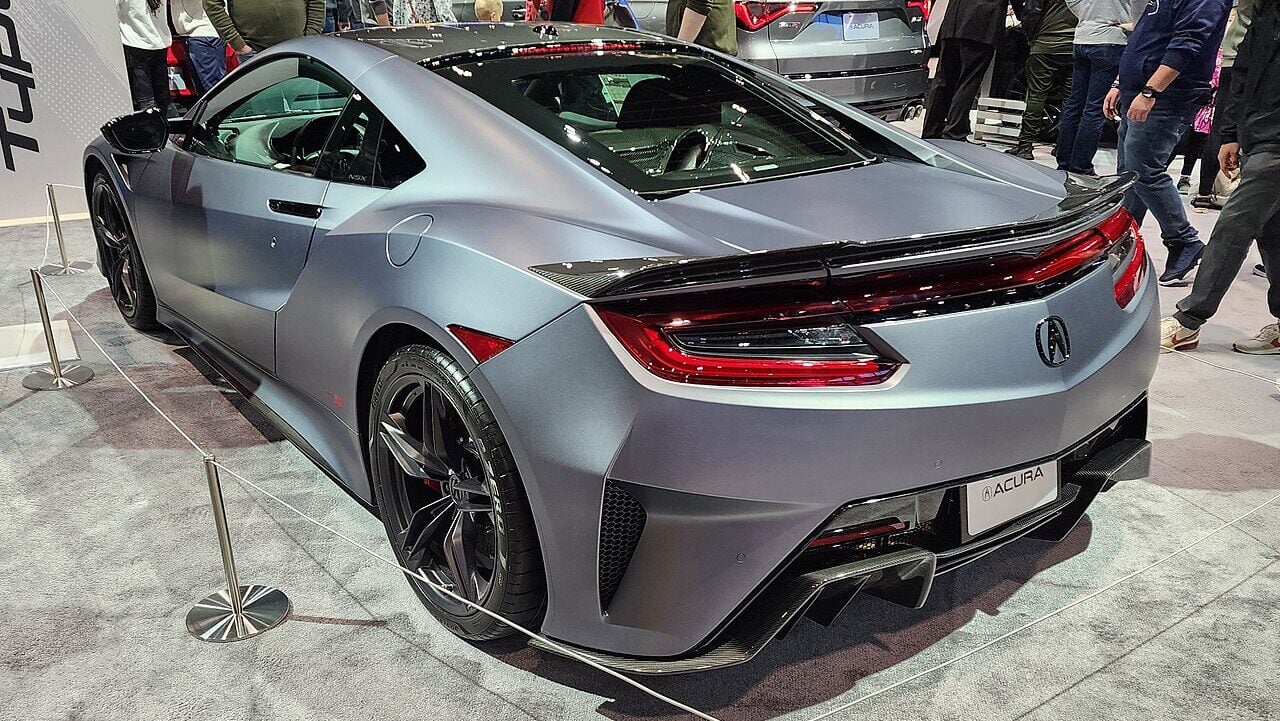
The second-generation Honda NSX was a great sports car in every way, but expectations were probably too high, and it didn’t quite manage to live up to them. The hybrid-powered NSX looks stunning, and there’s certainly nothing wrong with its performance, but Honda still went ahead and built an even more special version.
The NSX Type-S produced a whopping 602 horsepower, making it one of the most powerful Japanese sports cars ever. Only 350 cars were built, with 300 going to the US market.
Toyota 2000GT – 351 Units
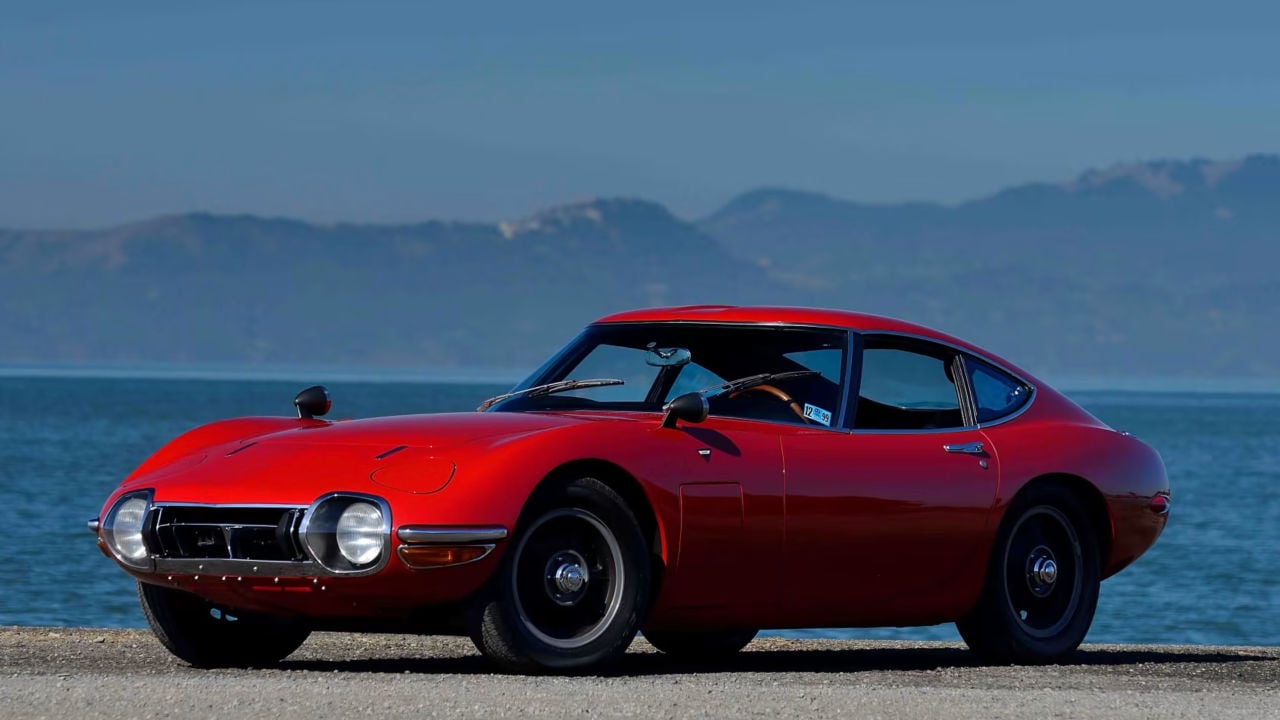
Toyota wanted to compete with some of the finest European cars of the 1960s, and in 1967, the beautiful 2000GT emerged. It was built in collaboration with Yamaha and featured a 3.0-liter straight-six engine that produced 140 horsepower.
Automotive journalists and gearheads loved the stylish Toyota, but due to its price tag of nearly $7,000, few could actually afford one. In the end, Toyota only made 351 cars, but even rarer than that is the convertible, of which only two exist.
2007 Mitsuoka Orochi – 400 Units
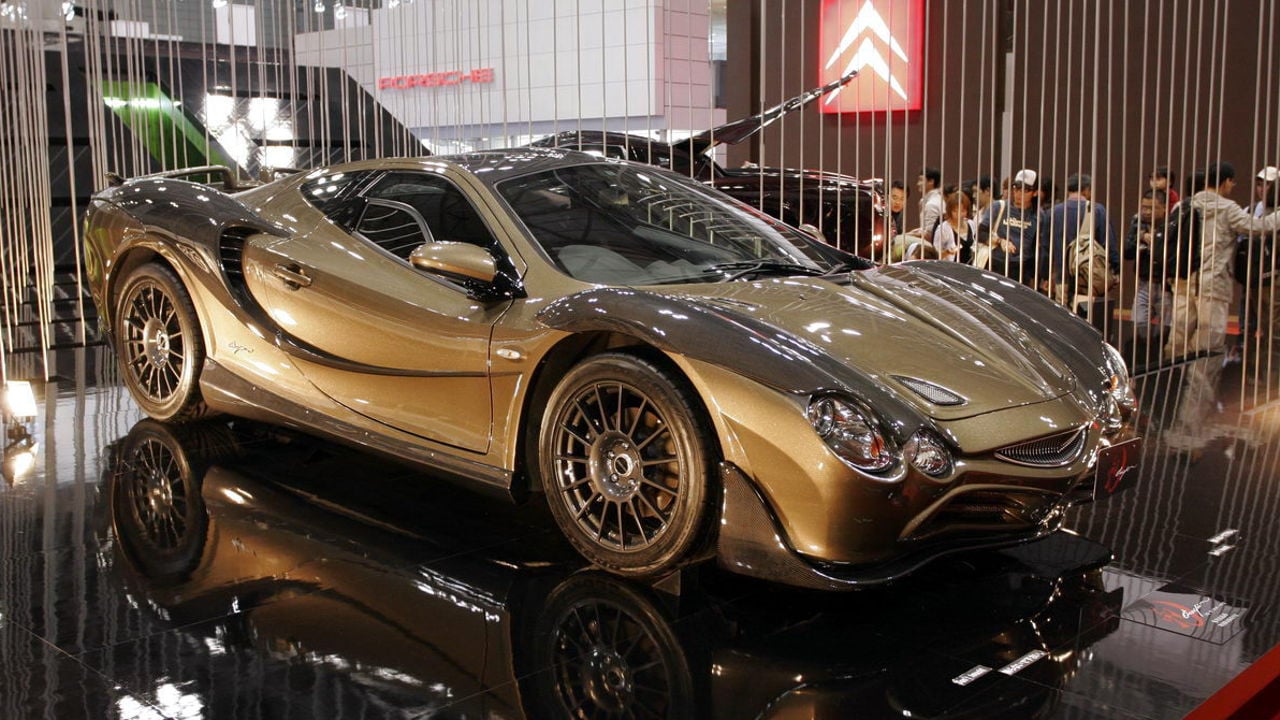
Most limited edition JDM cars are highly desirable, featuring gorgeous design and all the power you’ll ever need, but the Mitsuoka Orochi is different. Its design is questionable at best, but 400 cars still found a home.
The Mitsuoka Orochi is based on the Honda NSX platform and has a Toyota Camry V6 engine. Several variants were made during its seven-year production run, and they were available exclusively on the Japanese market.
Subaru Impreza 22B STI – 424 Units
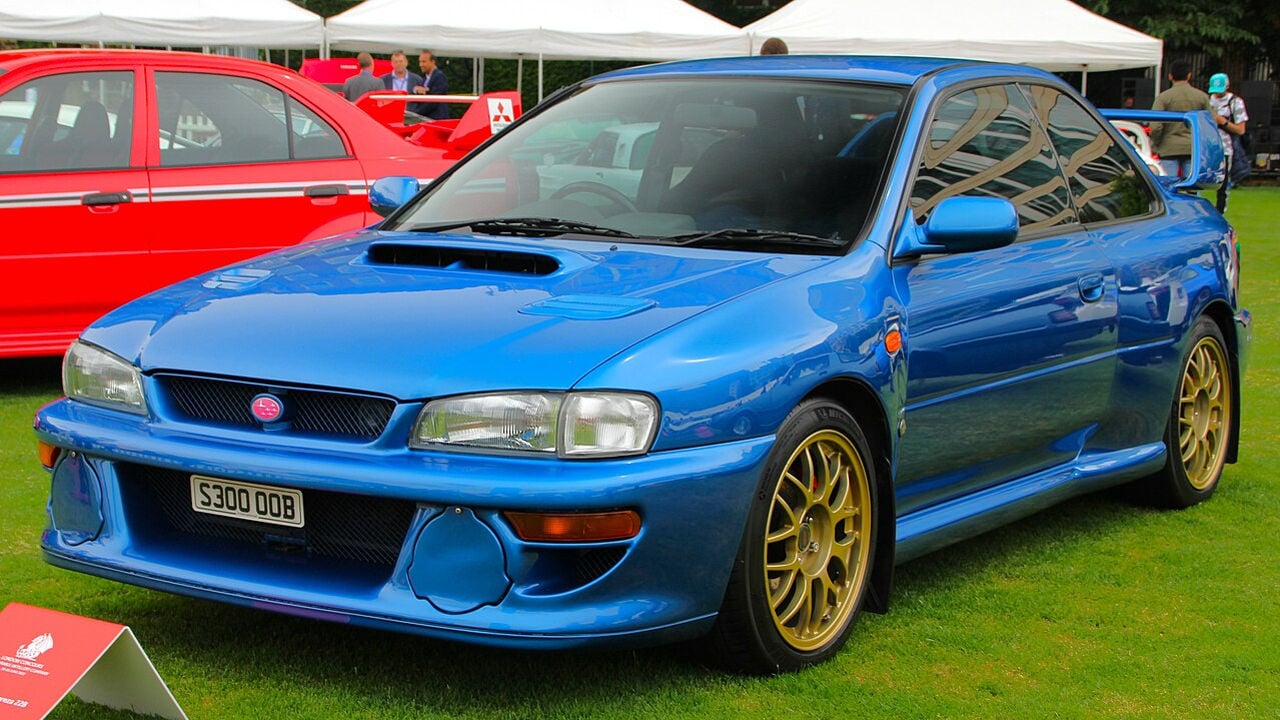
The Subaru Impreza 22B STI is probably one of the most famous Japanese limited edition cars. Subaru built it to celebrate its 40th anniversary and third consecutive WRC victory.
Subaru replaced the turbocharged 2.0-liter boxer engine with a 2.2-liter unit, and its 280 horsepower went to all four wheels. The 22B had a wider body with several WRC-inspired parts. The 400 original JDM cars were immediately sold out, and Subaru decided to make 24 more for the export market.
Honda NSX Type R – 483 Units
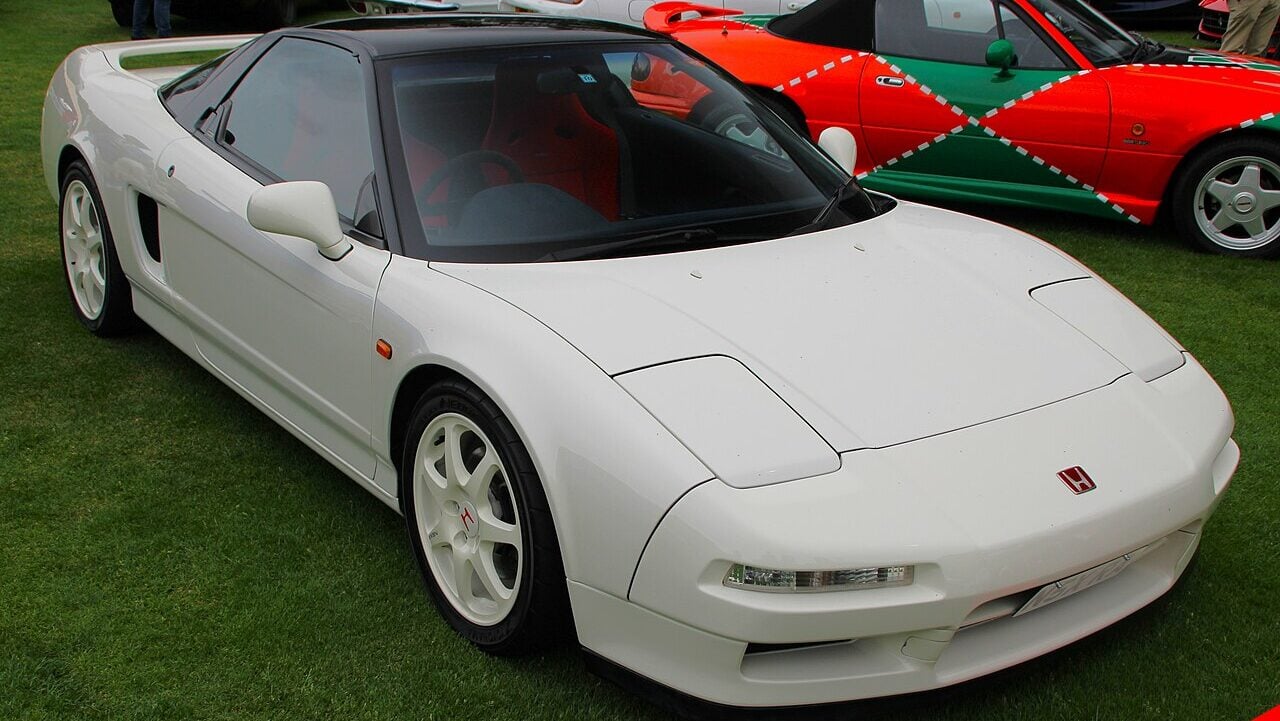
The Honda NSX Type R is another track-focused version of the legendary Japanese mod-engined sports car. In true Type R fashion, Honda focused mainly on weight reduction and suspension upgrades to make it a high-performance track missile.
Honda eliminated the sound deadening, stereo, air conditioning, traction control, and other parts of the electrical system deemed unnecessary. The NSX Type R has a stiffer suspension for improved cornering abilities, and the final drive ratio is different from the stock NSX. The Type-R can accelerate from 0 to 60 mph in 4.9 seconds. Honda only made 483 NSX Type Rs, all exclusively built for the Japanese domestic market.
Nissan Stagea 260 RS Autech – 1,734 Units
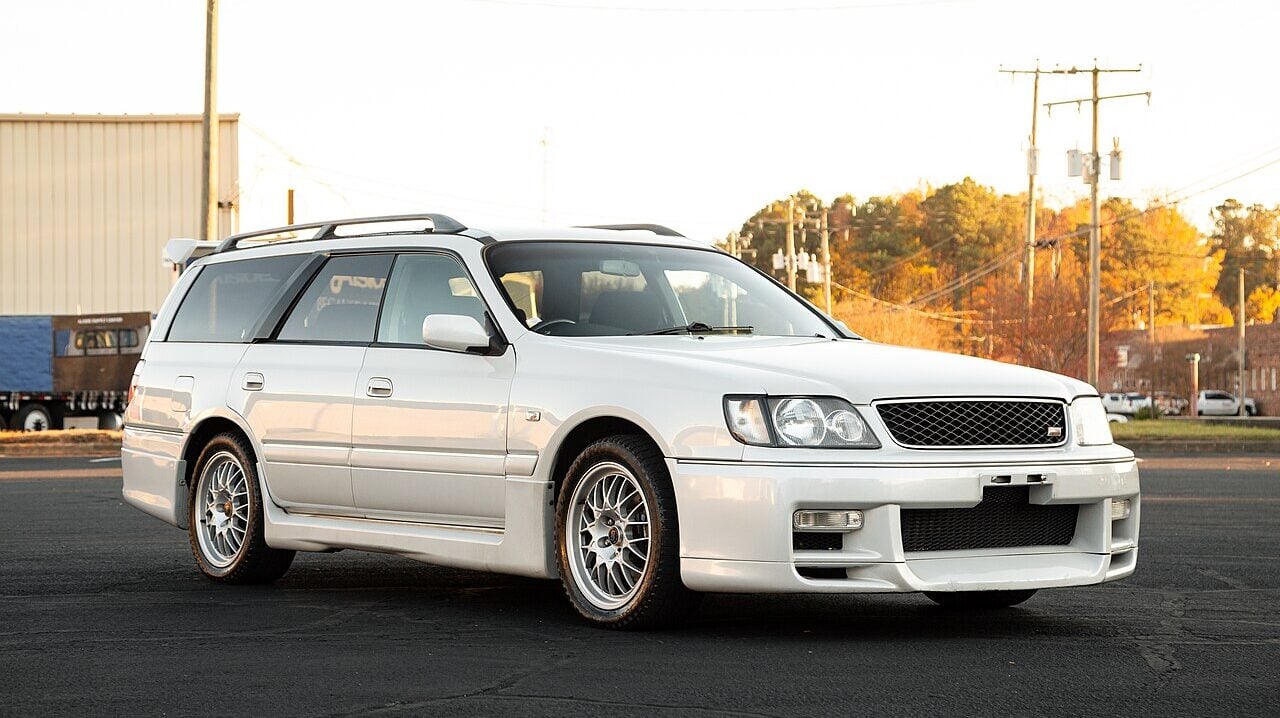
The Nissan Stagea 260 RS Autech was produced in larger numbers than any other car on this list. In fact, there are rarer JDM cars that could’ve taken its spot here. However, while not the rarest, it’s probably the least-known car here.
Autech modified the Nissan Stagea with a complete R33 Skyline GT-R powertrain. This station wagon has a twin-turbocharged 2.6-liter straight-six engine, a 5-speed manual transmission, and AWD. Knowing the Skyline’s tuning potential, the Stagea 260 RS Autech is basically a supercar dressed as a station wagon.
- SEO Powered Content & PR Distribution. Get Amplified Today.
- PlatoData.Network Vertical Generative Ai. Empower Yourself. Access Here.
- PlatoAiStream. Web3 Intelligence. Knowledge Amplified. Access Here.
- PlatoESG. Carbon, CleanTech, Energy, Environment, Solar, Waste Management. Access Here.
- PlatoHealth. Biotech and Clinical Trials Intelligence. Access Here.
- Source: https://teslatale.com/rare-japanese-cars/
